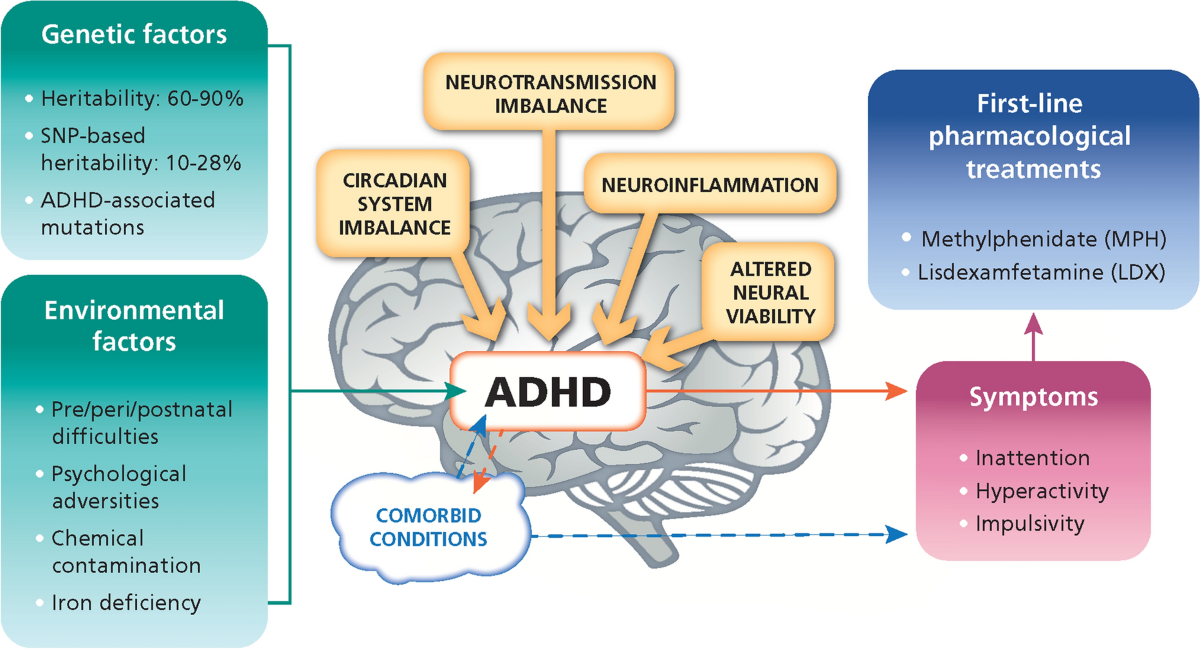Everything You Need to Know About Concrete Shredders: How They Work and Why They’re Essential

Concrete shredders are a valuable tool in the construction, demolition, and recycling industries. They break down concrete into manageable pieces, making it easier to dispose of, recycle, or repurpose. This article delves into what concrete shredders are, how they function, and why they are essential for New Zealand businesses working with concrete.
What is a Concrete Shredder?
A concrete shredder is a heavy-duty machine designed to break down large pieces of concrete into smaller fragments. This equipment is commonly used in demolition projects, construction sites, and recycling facilities. By reducing concrete into smaller sizes, a shredder makes it easier to transport, store, and even reuse the material for other projects.
These machines come in various sizes and models, depending on the scale of the job and the type of concrete being processed. Some machines are portable, while others are stationary, capable of handling larger volumes of material.
How Does a Concrete Shredder Work?
Concrete shredders utilize powerful, high-speed blades to break down concrete. The process involves feeding the concrete into the machine, where it is subjected to intense pressure. The machine’s blades tear through the material, breaking it apart into smaller, more manageable chunks. These chunks can then be sorted and further processed if needed.
The shredding process can vary depending on the type of concrete and the machine used. Some models may incorporate features such as magnets or screens to separate metals from the concrete, allowing for more effective recycling. Other machines might have additional components designed to handle reinforced concrete, which is harder and requires more powerful equipment.
Benefits of Using a Concrete Shredder
- Efficient Disposal
Concrete is a heavy and cumbersome material to dispose of, especially in large quantities. A concrete shredder simplifies this by reducing the material to smaller, lighter pieces. This makes it easier to transport and dispose of, saving time and money on logistics. - Recycling Potential
One of the major benefits of using a concrete shredder is its ability to contribute to recycling efforts. Shredded concrete can be repurposed for use in new construction projects. For example, crushed concrete is often used as a base for roads, pathways, and foundations. This reduces the need for new materials and lowers the environmental impact of construction. - Cost-Effectiveness
In addition to reducing disposal costs, concrete shredders can make a project more cost-effective by enabling the reuse of materials. The shredded concrete can be sold to other companies or used on-site, reducing the need to purchase new materials. - Environmental Impact
By reusing concrete, you reduce the amount of waste sent to landfills. This contributes to sustainability efforts and helps in preserving natural resources, making it an environmentally friendly solution for large-scale projects.
How to Choose the Right Concrete Shredder for Your Project
Choosing the right concrete shredder depends on several factors, including the type of concrete, the scale of the project, and the specific needs of the job. Here are some considerations to keep in mind:
- Machine Size and Capacity
Consider the size of the machine and its capacity to handle the volume of concrete you need to process. Smaller machines are ideal for projects with limited space, while larger shredders are more suitable for large-scale demolition or recycling projects. - Type of Concrete
The type of concrete you’re working with can affect the shredder you choose. For example, reinforced concrete requires a shredder with more powerful blades and a higher capacity. If you’re working with standard concrete, a smaller, less powerful machine may suffice. - Features and Add-ons
Look for features such as magnets for separating metals or screens for sorting different materials. These features can enhance the efficiency of your operation and improve the quality of the final product. - Maintenance and Durability
Ensure that the shredder is durable and easy to maintain. Some models come with self-lubricating parts, while others may require more hands-on maintenance. Make sure you choose a shredder that fits your team’s skill level and maintenance capabilities.
Concrete Shredder Applications in New Zealand
In New Zealand, concrete shredders are used in a wide range of industries, from demolition and construction to recycling and roadwork. Whether you’re working on a residential, commercial, or industrial project, these machines play a crucial role in managing concrete waste and ensuring that the material is either disposed of or reused efficiently.
For construction and demolition companies, a concrete shredder helps reduce the time and cost involved in cleaning up construction sites. It also ensures that the waste is processed in a manner that aligns with local recycling regulations and sustainability goals.
For recycling centers, concrete shredders enable the facility to handle large volumes of concrete waste, providing a consistent supply of materials that can be reused in various applications.
Conclusion
Concrete shredders are invaluable tools that offer a variety of benefits, including more efficient disposal, cost savings, and environmental sustainability. By investing in the right equipment, New Zealand businesses can streamline their operations, reduce waste, and even repurpose concrete for new projects.







